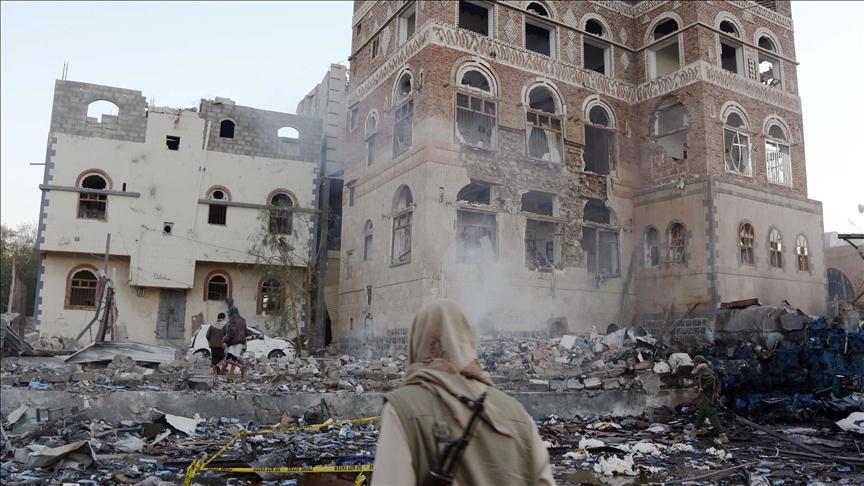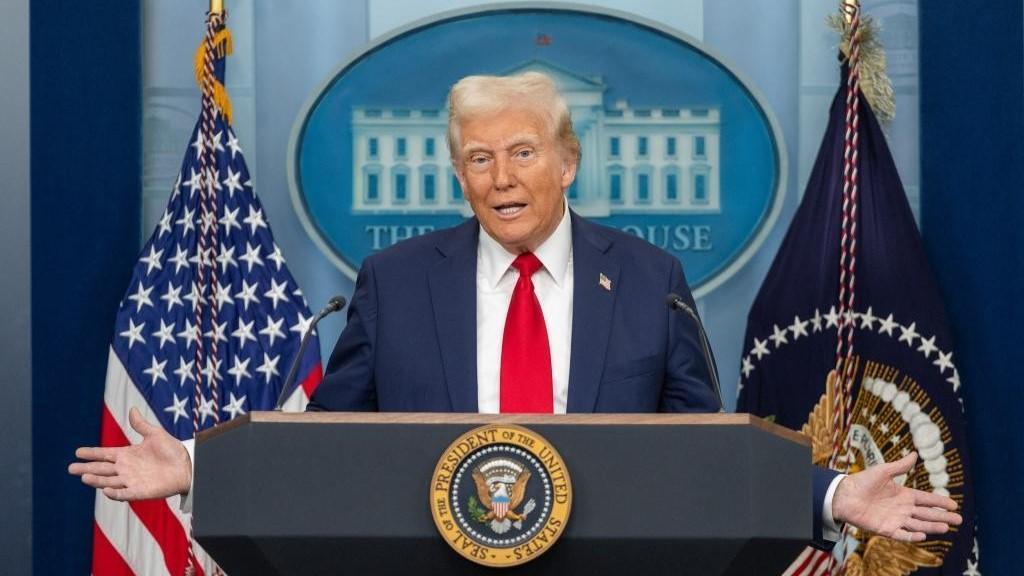Three murders and a funeral
On the night of Jan. 9, three women were murdered in Paris, in a seemingly professional assault against the Kurdistan Information Center. All of three of them were Turkey-born Kurds and active members of the outlawed Kurdistan Workers’ Party (PKK), which Turkey considers as a terrorist group. One of them, Sakine Cansız, was even one of the founders of the PKK and a senior figure within the organization’s European network.
So far, the identity of the culprits has remained a mystery. But one thing is obvious: These murders came at a critical time when the Turkish government had announced a “dialogue” with the PKK, via its jailed leader Abdullah Öcalan, and hopes for peace were raised on both sides. It is also known that similar acts of “provocation” have taken place in the past again during efforts at reconciliation. Therefore, it is near common wisdom in Turkey these days that the Paris attack was against not only the three victims but also “peace.”
It is just unknown and contested who these “enemies of peace” are. Normally, the Turkish “deep state” would be one of the main suspects, because for a long time, Turkey’s security forces have carried out their hawkish policies independent from, and even in spite of, elected governments. However, this leviathan-in-disguise has been quite tamed and subdued by the Justice and Development Party (AKP) government in the past decade. So most commentators in Turkey do not give much weight to this possibility.
A second and more credible theory is based on the hawks within the PKK. Accordingly, this is an “inside job” committed by the radicals in the organization who have become alarmed by signs of moderation. The fact that the Paris victims seem to have “opened the door to their assassins,” as Kurdish association representative Leon Edart noted to the press, also makes this theory credible.
There is also a third theory, though, which can be combined with the second one: Third countries and their intelligence services, who might have carried out the operation themselves, or who might have used “pawns” within the PKK. Normally, most Turks would imagine these “third countries” as Western powers or Israel, but this time two different candidates are quite popular: The Baath regime in Syria and its best ally, Iran. These two regimes, some commentators argue, hate Turkey these days due to its support for the Syrian opposition, and the PKK is a tool they can happily use to hurt Ankara. The decades-old connection between the PKK and the Syrian Mukhabarat is seen as a good basis for this theory.
If you ask my take on all this, well, I have no magical tool to know who the culprits were, so I remain unsure on all three theories. Yet the first one (“Turkish deep state”) seems to be the most unlikely one, whereas the second (“haws in the PKK”) appears to me as the most convincing. We, after all, know that PKK has a history of violence within itself as well.
Right now, however, the most burning question is probably not the true story of the Paris murders but the way it will be interpreted in Turkey’s southeast. As I was writing this piece, the bodies of the victims were on their way home, to be buried in Diyarbakır, Tunceli and Kahramanmaraş. How they will be received and whether their funeral will turn into a “PKK show” are questions that many ponder. A bigger question, of course, is whether the deaths of these unfortunate women will harm or serve the peace that Turkey desperately needs.











